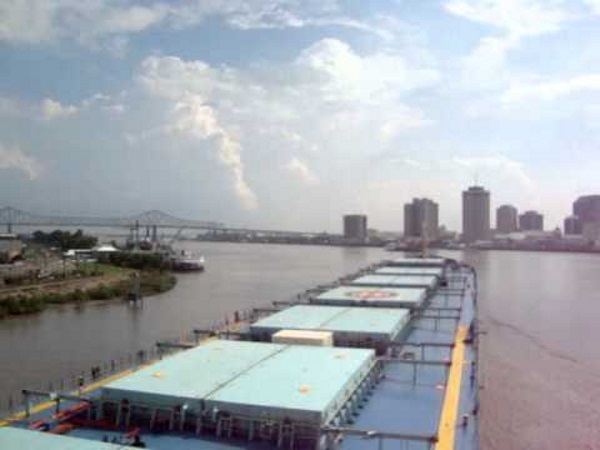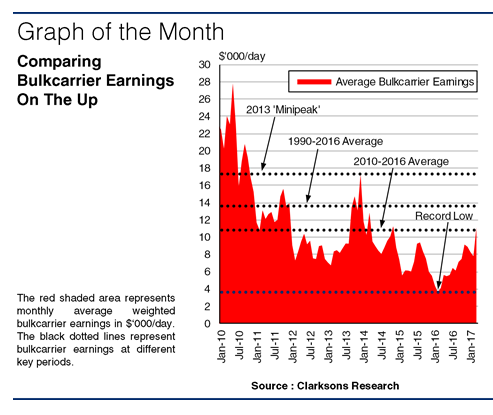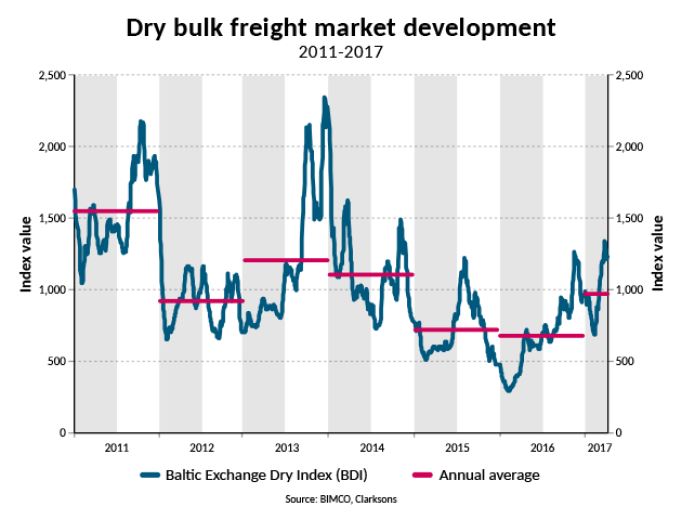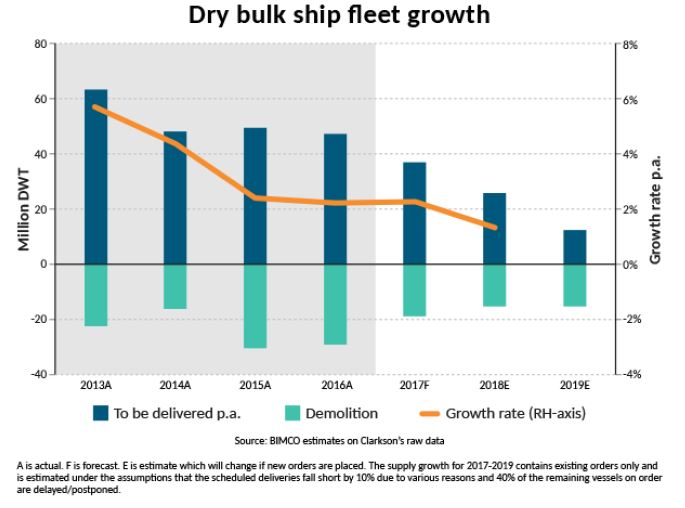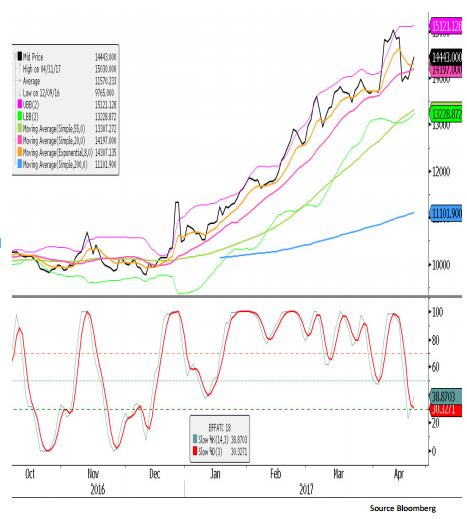In International Shipping News 28/04/2017
Ocean volumes on Asia-Europe trade lanes eastbound and westbound are expected to surge in the coming months, according to the latest survey results for The New APAC Forwarding Index being developed by Mike King & Associates and Logistics Trends & Insights LLC.
Higher air freight volumes are expected on key lanes to and from APAC, and the outlook for intra-Asia trade is also optimistic.
The survey results, compiled by consultants Mike King and Cathy Roberson, are the first step towards the creation of a new Index for Asia forwarding markets which will be published in the coming months. The second survey is open to anyone with insight or business linked to key trade lanes to and from APAC used by forwarders and third parties. Please click here to participate.
APAC OCEAN FORWARDING MARKETS
60% of survey respondents said ocean freight volumes to and from APAC in April were higher than March, while 54% predicted they would handle higher volumes three months from now.
Rising demand for ocean services from Europe to Asia, a trend that has led to a shortage of capacity and loading delays at European ports, saw 80% of respondents report higher volumes on the trade in April compared to March. 70% also expect volumes on the lane to be higher three months from now.
“Demand has been higher than we’d anticipated from Europe to Asia, and there has also been some disruption to liner services following blank sailings around Chinese New Year and changes to alliances,” said one respondent. “We expect capacity to be tight well into Q2.”
70% of respondents expect APAC to Europe ocean freight volumes to increase three months from now, while 66.7% forecast that volumes will rise from APAC to North America.
However, optimism for the North America – APAC trade was hard to discern. Only 28.6% of respondents saw higher volumes on the lane in April compared to March, while only 43% expect volumes to increase three months from now.
“Despite uncertainty surrounding liner Alliances leading up to April 1 and the various bedding issues we have seen including terminal congestion in China and a lack of capacity in Europe, optimism is high for the APAC ocean freight market,” said Roberson. “The Europe to APAC trade lane had the highest percentage rate of month-to-month volume gains according to respondents to our first survey. The next most dynamic lanes were APAC to Europe and APAC to North America.
“The North America to APAC liner trade reported the lowest percentage of respondents recording volume increases in April compared to March which could be the strength of the Greenback catching up with exporters.
“On most lanes the majority of respondents expect to see higher volumes over the next three months than at present, which bodes well for forwarders and lines.”
INTRA-ASIA
Intra-Asia volumes by all modes rose from March to April, according to over 70% of respondents, while almost 60% of respondents predict higher volumes on Intra-Asia trades by all modes three months from now.
“Higher air freight volumes dominate intra-Asia expectations with a large majority of survey respondents expecting gains from this transport mode,” said Roberson.
“More generally, we’ve seen manufacturing activity perk upwards in Asia and we’re seeing a global economy that is performing well, so the demand side is good. All of this is keeping intra-Asia trade humming along by all modes.”
Source: Mike King & Associates and Logistics Trends & Insights LLC.

